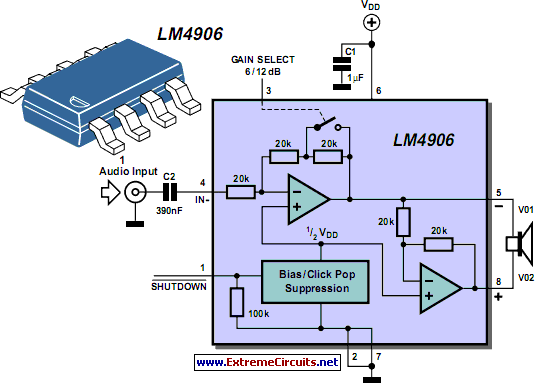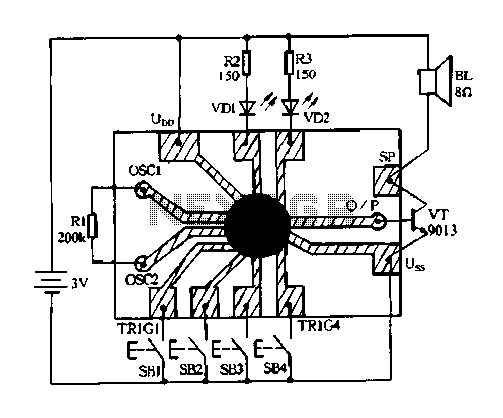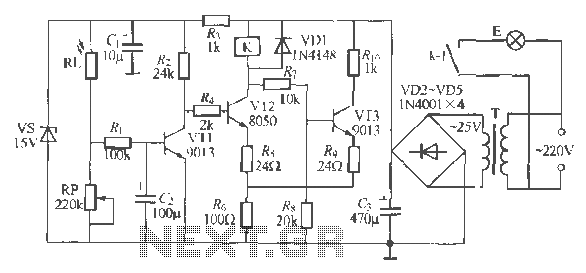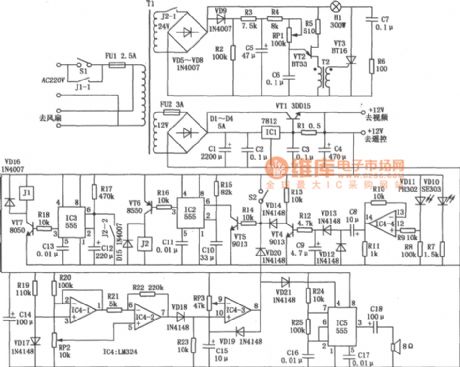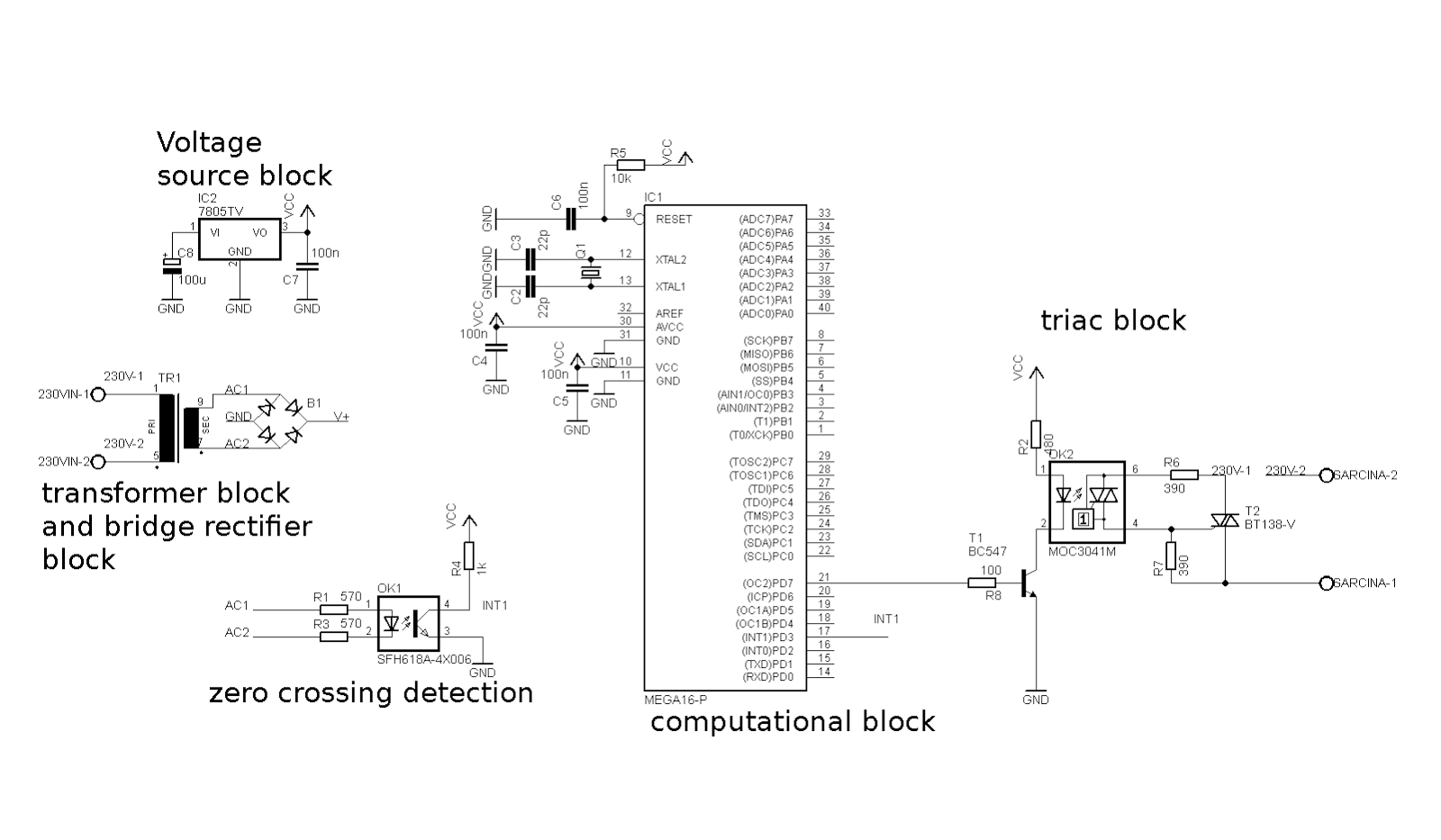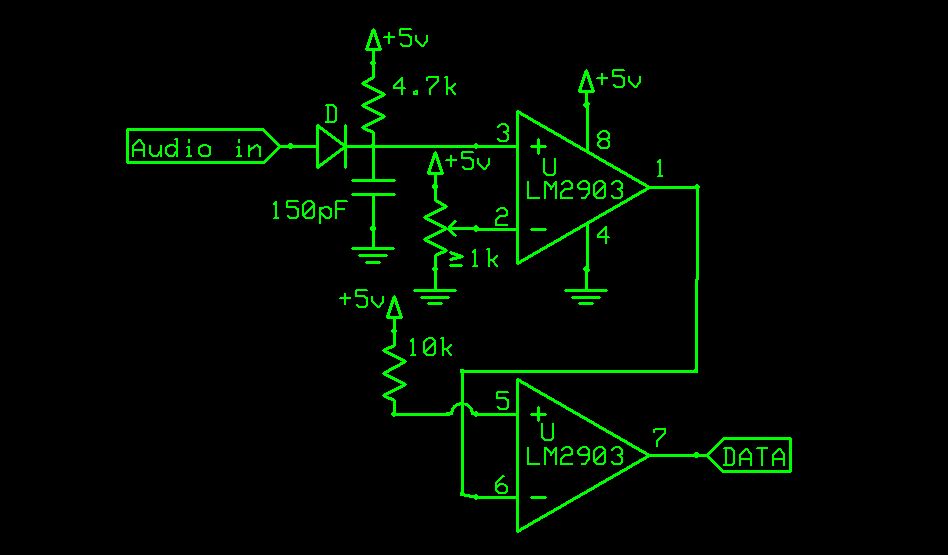
Device Control Using Telephone

Controlling devices using switches is common. Over the past few decades, remote control switches such as infrared remote control switches, wireless remote control switches, and light-activated switches have gained popularity. However, these technologies have their limitations. Laser beams can be harmful, and infrared remote controls are typically limited to short distances. A solution exists that does not require harmful radiation and allows for remote control over long distances, from meters to thousands of kilometers, using a simple telephone line or mobile phone. This system utilizes a telephone as the main medium, with a home phone serving as the local phone and another phone, either landline or mobile, acting as the remote phone.
The system can control up to ten devices, which may include various electric or electronic appliances. Each device is assigned a unique code. The local phone can still be used for regular calls by employing a DPDT switch, eliminating the need for a separate telephone line for device control. To operate a device via the remote phone, the user dials the local telephone connected to the interfacing circuit and then inputs the respective device code.
The circuit design is simple and does not require complex integrated circuits, making it accessible for individuals with basic electronics knowledge. The device is cost-effective and automatically switches off after 60 seconds, although this duration can be adjusted. The system employs Dual Tone Multi Frequency (DTMF) technology, which is standard in telephone sets. There are two dialing modes in telephone systems: pulse dialing and tone dialing. This system operates using tone dialing mode, also known as DTMF mode.
The remote phone can be located in various places, such as an office, school, or public call office (PCO). Signals are transmitted through the telephone line, allowing control over appliances. The setup includes one telephone line and a control unit, with appliances connected to the telephone line via the control unit. The control unit is equipped with a sufficient backup. When a button is pressed on the telephone keypad, it generates a signal composed of two simultaneous tones, derived from a row frequency and a column frequency. These tones create a resultant frequency signal known as Dual Tone Multiple Frequency (DTMF).
The tones are unique and consist of two different audio frequencies, with one belonging to the low-frequency group and the other to the high-frequency group. Each group contains four frequencies corresponding to the keys on the telephone keypad, ensuring that the selected frequencies are not harmonics of one another. When DTMF signals are sent to the telephone exchange through cables, the servers in the exchange recognize these signals and establish a connection to the intended recipient.
This remote control system provides a practical solution for managing devices over long distances without the limitations and hazards associated with traditional remote control technologies. The simplicity of the circuit design, combined with the accessibility of DTMF technology, makes it an efficient choice for users seeking a reliable method to control their appliances remotely.Controlling devices using switches are common. From a few decades controlling devices using remote control switches like infrared remote control switch, wireless remote control switches, light activated switches are becoming popular. But these technologies have their own limitations. Laser beams are harmful to mankind. Some technologies like IR re mote control are used for short distance applications. In such case if we have system which does not require any radiations or which is not harmful, long remote control switch! Yes here is the solution. Here I am introducing such a system which does not require any radiations, any laser beam which has no limitation of range, I mean it can be used from any distance from meters to thousand kilometers using a simple telephone line or mobilephone.
Here I am using a telephone as a media, which serves main part of this system, by using home phone as a local phone and another phone, either landline or mobile phone as a remote phone. 1. You can control up to 10 devices. It may be any electric or electronic appliances or devices with simple to heavy appliances. Each device is given a unique code. 4. Your local phone (i. e. , home phone or office phone) can be usedfor normal use by using a DPDT switch. So you need not use a separate telephone line for this device controlling. 5. To perform any operations through remote phone line, the user needs to dial to the local telephone (to which the interfacing circuit is connected) then the respective code of the device is dialed.
6. This circuit does not require any complex IC, so any one with little knowledge of electronics can construct this circuit, because it does not need any programmable IC`s or programming. 8. This device saves your money. This circuit switches OFF after a time of 60 seconds (you can change this switch ON-Time which is discussed in detail in coming section).
This system uses Dual Tone Multi Frequency (DTMF) technology of our telephone set. Every telephone setwill have this facility. We have two type of dialing facilities in our telephone system (i) Pulse dialing mode (ii) Tone dialing mode. Here this system works on tone dialing mode. The DTMF mode is shortly called as tone dialing mode. (Check for availability of tone dialing mode in your telephone set). It is nothing but remote telephone set which is present in the remote place. This may be your workspace (office / school) phone or mobile phone or a phone in PCO. Signals are sent through this telephone. This is a control system through which you can control your appliances. This contains one telephone line and a control unit. The appliances to be controlled must be connected to telephone line through control unit. Control unit is kept with a sufficient backup. When you press a button in the telephone set keypad, a connection is made that generates a resultant signal of two tones at the same time.
These two tones are taken from a row frequency and a column frequency. The resultant frequency signal is called "Dual Tone Multiple Frequency". These tones are identical and unique. Where fa and fb are two different audio frequencies with A and B as their peak amplitudes and f as the resultant DTMF signal. fa belongs to the low frequency group and fb belongs to the high frequency group. Each of the low and high frequency groups comprise four frequencies from the various keys present on the telephone keypad; two different frequencies, one from the high frequency group and another from the low frequency group are used to produce a DTMF signal to represent the pressed key.
The frequencies are chosen such that they are not the harmonics of each other. The frequencies associated with various keys on the keypad are shown in figure (A). When you send these DTMF signals to the telephone exchange through cables, the servers in the telephone exchange identifies these signals and makes the connection to the person you are calling. W 🔗 External reference
The system can control up to ten devices, which may include various electric or electronic appliances. Each device is assigned a unique code. The local phone can still be used for regular calls by employing a DPDT switch, eliminating the need for a separate telephone line for device control. To operate a device via the remote phone, the user dials the local telephone connected to the interfacing circuit and then inputs the respective device code.
The circuit design is simple and does not require complex integrated circuits, making it accessible for individuals with basic electronics knowledge. The device is cost-effective and automatically switches off after 60 seconds, although this duration can be adjusted. The system employs Dual Tone Multi Frequency (DTMF) technology, which is standard in telephone sets. There are two dialing modes in telephone systems: pulse dialing and tone dialing. This system operates using tone dialing mode, also known as DTMF mode.
The remote phone can be located in various places, such as an office, school, or public call office (PCO). Signals are transmitted through the telephone line, allowing control over appliances. The setup includes one telephone line and a control unit, with appliances connected to the telephone line via the control unit. The control unit is equipped with a sufficient backup. When a button is pressed on the telephone keypad, it generates a signal composed of two simultaneous tones, derived from a row frequency and a column frequency. These tones create a resultant frequency signal known as Dual Tone Multiple Frequency (DTMF).
The tones are unique and consist of two different audio frequencies, with one belonging to the low-frequency group and the other to the high-frequency group. Each group contains four frequencies corresponding to the keys on the telephone keypad, ensuring that the selected frequencies are not harmonics of one another. When DTMF signals are sent to the telephone exchange through cables, the servers in the exchange recognize these signals and establish a connection to the intended recipient.
This remote control system provides a practical solution for managing devices over long distances without the limitations and hazards associated with traditional remote control technologies. The simplicity of the circuit design, combined with the accessibility of DTMF technology, makes it an efficient choice for users seeking a reliable method to control their appliances remotely.Controlling devices using switches are common. From a few decades controlling devices using remote control switches like infrared remote control switch, wireless remote control switches, light activated switches are becoming popular. But these technologies have their own limitations. Laser beams are harmful to mankind. Some technologies like IR re mote control are used for short distance applications. In such case if we have system which does not require any radiations or which is not harmful, long remote control switch! Yes here is the solution. Here I am introducing such a system which does not require any radiations, any laser beam which has no limitation of range, I mean it can be used from any distance from meters to thousand kilometers using a simple telephone line or mobilephone.
Here I am using a telephone as a media, which serves main part of this system, by using home phone as a local phone and another phone, either landline or mobile phone as a remote phone. 1. You can control up to 10 devices. It may be any electric or electronic appliances or devices with simple to heavy appliances. Each device is given a unique code. 4. Your local phone (i. e. , home phone or office phone) can be usedfor normal use by using a DPDT switch. So you need not use a separate telephone line for this device controlling. 5. To perform any operations through remote phone line, the user needs to dial to the local telephone (to which the interfacing circuit is connected) then the respective code of the device is dialed.
6. This circuit does not require any complex IC, so any one with little knowledge of electronics can construct this circuit, because it does not need any programmable IC`s or programming. 8. This device saves your money. This circuit switches OFF after a time of 60 seconds (you can change this switch ON-Time which is discussed in detail in coming section).
This system uses Dual Tone Multi Frequency (DTMF) technology of our telephone set. Every telephone setwill have this facility. We have two type of dialing facilities in our telephone system (i) Pulse dialing mode (ii) Tone dialing mode. Here this system works on tone dialing mode. The DTMF mode is shortly called as tone dialing mode. (Check for availability of tone dialing mode in your telephone set). It is nothing but remote telephone set which is present in the remote place. This may be your workspace (office / school) phone or mobile phone or a phone in PCO. Signals are sent through this telephone. This is a control system through which you can control your appliances. This contains one telephone line and a control unit. The appliances to be controlled must be connected to telephone line through control unit. Control unit is kept with a sufficient backup. When you press a button in the telephone set keypad, a connection is made that generates a resultant signal of two tones at the same time.
These two tones are taken from a row frequency and a column frequency. The resultant frequency signal is called "Dual Tone Multiple Frequency". These tones are identical and unique. Where fa and fb are two different audio frequencies with A and B as their peak amplitudes and f as the resultant DTMF signal. fa belongs to the low frequency group and fb belongs to the high frequency group. Each of the low and high frequency groups comprise four frequencies from the various keys present on the telephone keypad; two different frequencies, one from the high frequency group and another from the low frequency group are used to produce a DTMF signal to represent the pressed key.
The frequencies are chosen such that they are not the harmonics of each other. The frequencies associated with various keys on the keypad are shown in figure (A). When you send these DTMF signals to the telephone exchange through cables, the servers in the telephone exchange identifies these signals and makes the connection to the person you are calling. W 🔗 External reference
